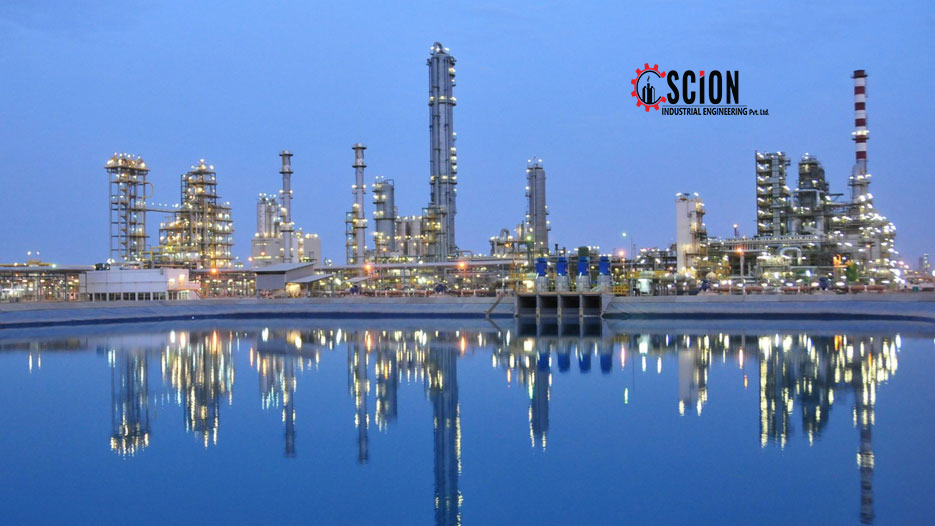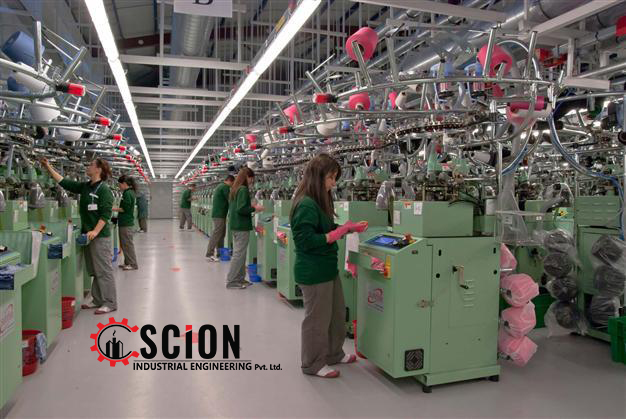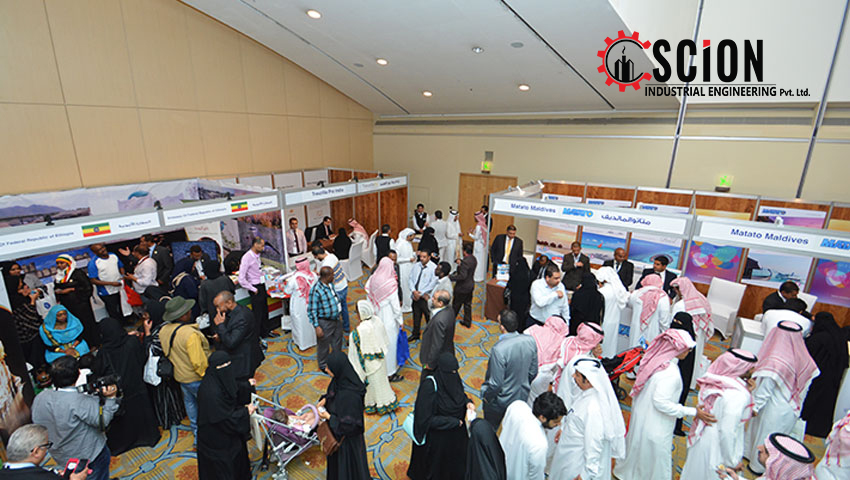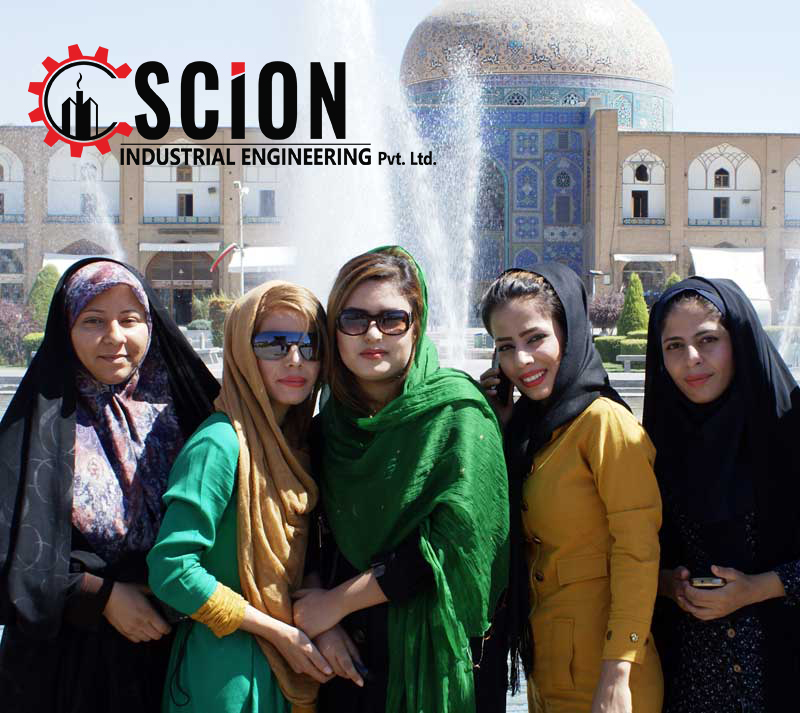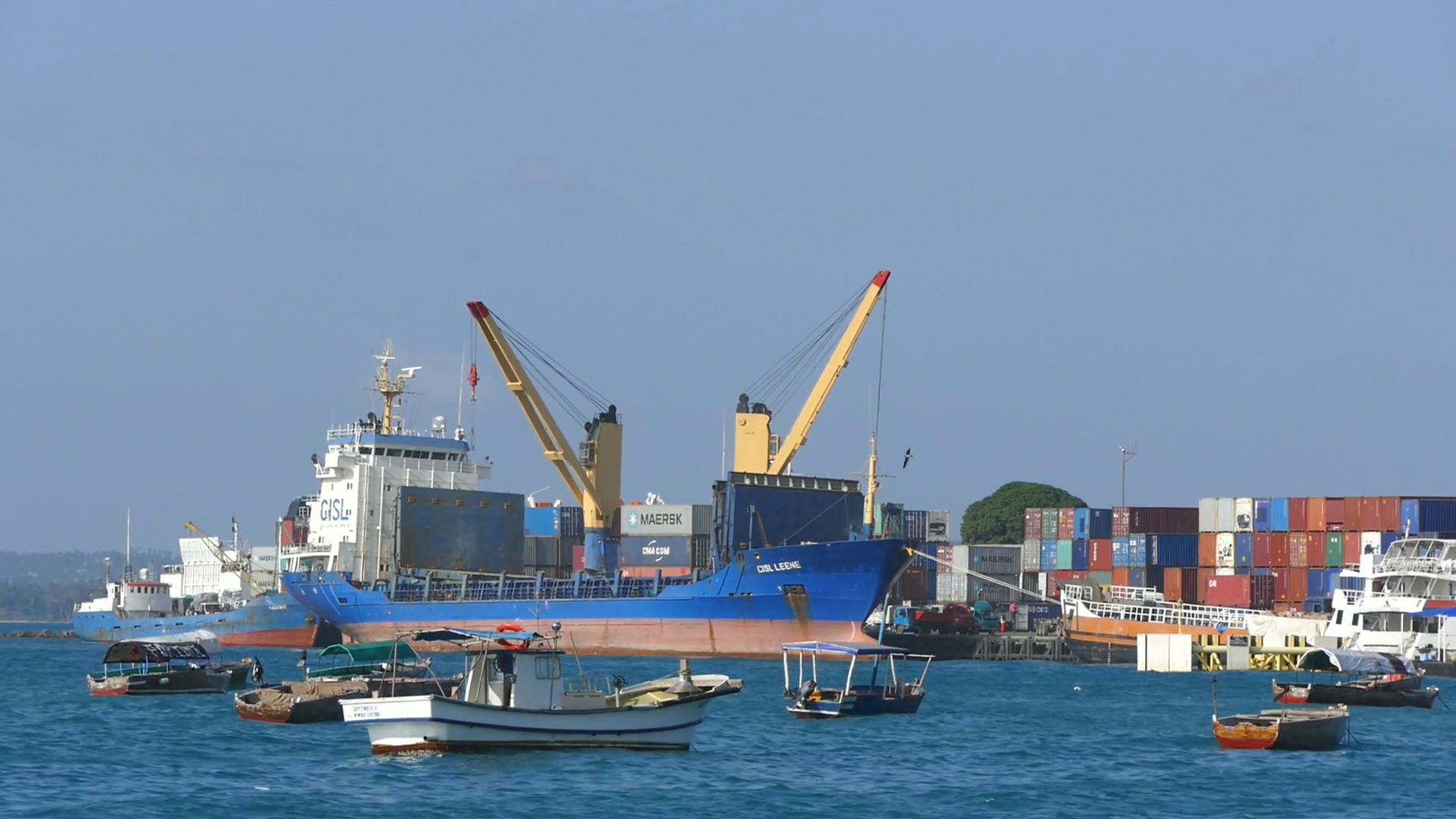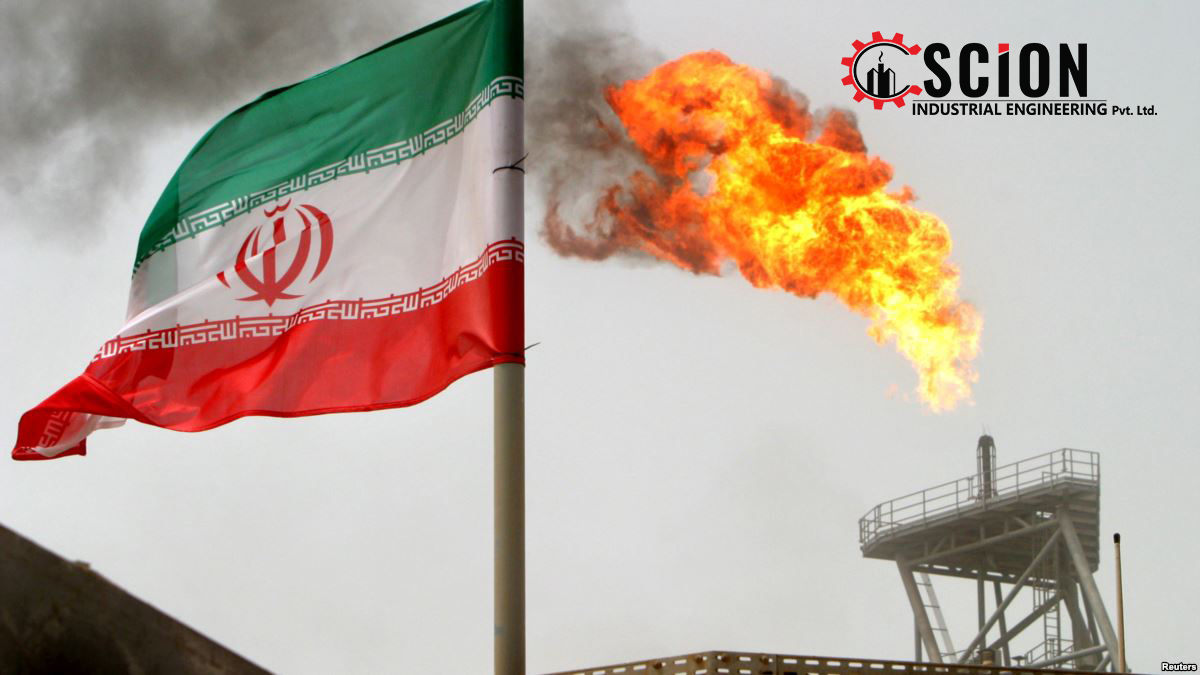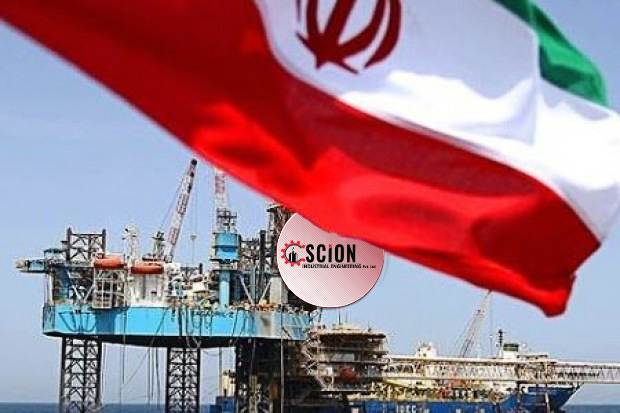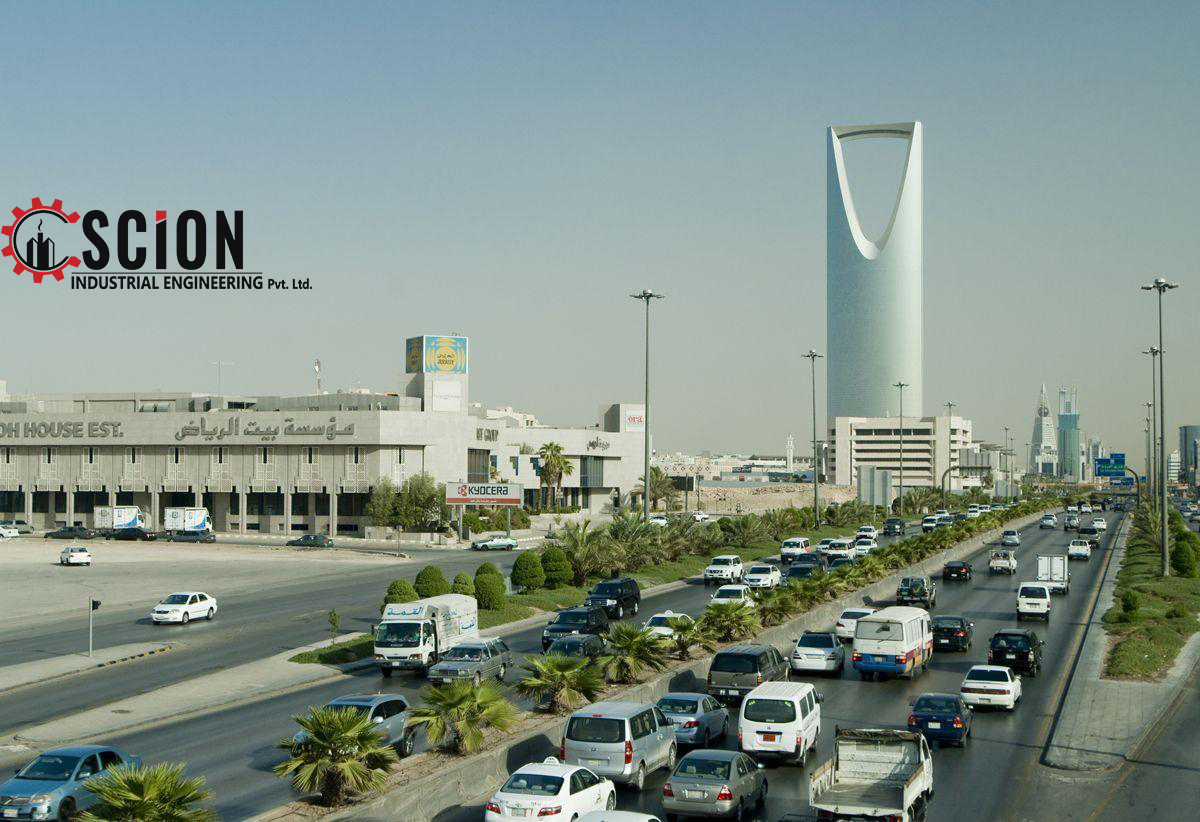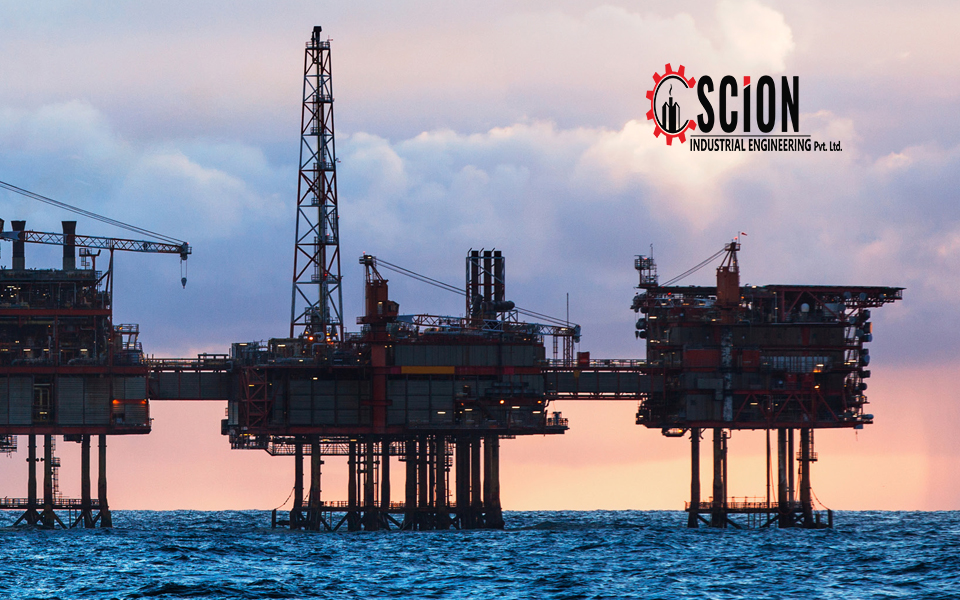Solid economic performance remains threatened by heightened political uncertainty
Economic fundamentals remain strong in the Middle East and North Africa on the back of higher oil prices, strong global growth and accommodative financial conditions. However, widespread security threats and political unrest pose a sustained risk to the region’s economic performance, and spillovers from OPEC’s oil-cut deal continue to weigh on oil-producing countries. The MENA region’s economies rose an aggregated 1.7% annually in Q3, down from the 2.1% increase in Q2. Despite the deceleration, an analysis of individual countries paints a brighter picture of the regional economy.
Economic growth accelerated in Egypt in the July–September period as the IMF-driven reforms implemented in late 2016 started to gain traction. As a result, the economy expanded at the fastest pace in nearly three years in that period. In Tunisia, economic activity strengthened in Q3, partially reflecting an improvement in tourist arrivals. Although growth moderated in Morocco in Q3, the economy continued its recovery from 2016’s lackluster performance in the agricultural sector. Mining activities are also shoring up overall growth in the country, along with rising foreign investment. Annual growth moderated in Israel in Q3 mostly due to a base effect from the previous year. That said, fundamentals remain strong due to a loose monetary policy and robust external demand.
Qatar defied the economic blockade imposed by Saudi Arabia and its allies in June, and GDP growth accelerated in Q3 on strong government support. Economic growth accelerated in Bahrain in Q3 led by strong infrastructure spending and a robust financial sector, offsetting poor crude output due to Bahrain’s compliance with the OEPC deal. Saudi Arabia contracted for the third consecutive quarter in Q3. That said, the economy declined at a slower pace due to resilient dynamics in the non-oil sector. While data is still outstanding for Iran, GDP growth likely decelerated in the July–September period due to a large base effect from the previous year, when the economy was expanding at a double-digit pace.
On 28 December, protests erupted in Mashhad, Iran’s second-largest city, and quickly spread across the country. Demonstrators expressed their grievances against the high price of basic goods and Iran’s economic, military and political involvement in the region, which is putting pressure on the national budget. The country’s high unemployment rate, in particular among women and youth people, and the fact that the benefits from the lifting of the economic sanctions have not yet had an impact on the population also fueled unrest. Protests, however, eased in early January following the harsh crackdown against demonstrators by government security forces. This episode represents the most severe challenge to the Iranian political system since the Green movement in 2009, when people protested alleged fraud in the presidential election, and highlights an underlying political tension that could flare up again in the future.
Several countries in the region, including Qatar, Saudi Arabia and the United Arab Emirates, released their 2018 budgets in the last few weeks, which include a more expansionary approach compared to last year’s plans. While increased spending should boost economic activity this year, a looser fiscal stance in many countries in the region has the potential to derail some of the fiscal consolidation processes. Saudi Arabia and the United Arab Emirates have announced the implementation of a value-added tax (VAT) as of 1 January, which is expected to broaden the tax collection base and increase revenue. Four other Gulf Cooperation Council (GCC) countries—Bahrain, Kuwait, Oman and Qatar—have pledged to do the same. Bahrain will introduce the new tax by mid-2018 and Qatar unveiled plans to launch VAT in Q2 of this year. Kuwait and Oman stated they will implement the VAT in 2019.
See the Full FocusEconomics Middle East & North Africa Report
Political instability threatens 2018 economic growth prospects
Higher oil prices will boost economic growth among oil-producing economies this year, which will have a positive impact on regional growth in MENA for 2018. Moreover, countries in North Africa will benefit from improved agricultural output and a mild recovery in tourism. Geopolitical risks remain high, however, hampering the possibility of a sharp and sustained economic recovery. The MENA region is expected to expand 2.9% in 2018, which is unchanged from last month’s estimate. Our panel projects regional growth of 3.3% in 2019.
This month’s stable economic outlook for MENA in 2018 reflects unchanged growth prospects for Algeria, Bahrain, Iran, Israel, Kuwait and Oman. Panelists upgraded their view of the Egypt, Saudi Arabia and the United Arab Emirates economies, while Iraq, Jordan, Lebanon, Morocco, Qatar, Tunisia and Yemen all experienced a downgrade in their growth prospects.
Egypt is expected to be the fastest-growing economy in 2018, followed closely by Iran. At the other end of the spectrum, Saudi Arabia, which is facing the lion’s share of OPEC’s oil-cut reduction, and Lebanon, engulfed by sustained political instability, are expected to be the region’s worst performers.
SAUDI ARABIA | OPEC’s oil-cap deal dents economic activity in Q3
Reduced oil output in compliance with OPEC’s oil-cut deal, low oil prices and reduced government support led the Saudi economy to contract in 2017 for the first time since the height of the Global Financial Crisis in 2009. According to preliminary figures, GDP contracted 0.7% in 2017, contrasting the 1.7% rise in 2016. The oil and construction sectors represented the bulk of the deterioration. To boost economic growth and solidify the Saudi Vision 2030 plan, which seeks to diversify the economy away from oil, the government presented the 2018 budget on 19 December. It includes the newly introduced value-added tax and prioritizes capital expenditure. Although the plan foresees a sizeable reduction in the fiscal deficit, the fiscal gap will remain relatively large and will be partially financed by debt issuance and government reserves. Moreover, Saudi authorities expect that the budget will balance in 2023, four years later than in the original plan.
The economy is expected to return to growth this year due to higher oil prices, renewed fiscal stimulus and strong global demand. However, higher inflation due to the introduction of VAT, capped oil production and mounting geopolitical risks threaten the recovery. FocusEconomics Consensus Forecast panelists expect growth of 1.6% in 2018, which is up 0.1 percentage points from last month’s projection. In 2019, growth is seen picking up pace to 2.3%.
UAE | Non-oil economy ended 2017 on a strong footing
The economy remains in strong shape heading into the new year. The non-oil PMI reached a near three-year high in December thanks to healthy expansions in output and new orders. Coupled with figures from previous months, this bodes well for economic growth in Q4, as consumers and firms brought forward planned consumption before the introduction of a 5% VAT on 1 January. The new tax is an important step towards broadening the tax base and strengthening a fiscal position which is already among the most solid in the region. On the downside, employment and wage growth remain subdued despite robust domestic activity, which could weigh on private consumption heading into 2018. In early December, Dubai presented its 2018 budget, which contained a significant ramp-up in infrastructure spending as part of the preparations for the 2020 World Expo. The more expansionary fiscal stance was similar to that of the UAE’s federal budget approved in November.
Growth should pick up significantly this year, as the oil sector slowly recovers and the non-oil sector benefits from preparations for the Dubai 2020 World Expo, which should boost fixed investment. FocusEconomics panelists expect GDP to rise 3.0% in 2018, which is up 0.1 percentage points from last month’s forecast, and 3.3% in 2019.
EGYPT | Economy continues slow, but steady, recovery
The economy continues to gather strength heading into the new calendar year, although it remains fragile, as evidenced by December’s PMI which sank back into pessimistic territory. Other indicators are more positive: In the July–September period growth strengthened, and the unemployment rate declined to a multi-year low. In addition, international reserves were significantly bolstered in 2017 thanks to renewed investor confidence, while the trade deficit narrowed sharply. On 20 December, the IMF’s Executive Board completed the second review under the Extended Fund Facility, unlocking USD 2 billion of additional funding. This will be complemented by USD 1.2 billion recently committed by the World Bank to help support the economy and boost job creation. While praising reform progress, the IMF urged authorities to continue paring back energy subsidies and take steps to increase tax revenues. The fiscal and external positions should be strengthened by the giant Zohr gas field that came onstream in December, moving Egypt closer to energy self-sufficiency.
Growth should remain solid going forward. New investment and industrial licensing laws are likely to boost investment, while the external sector will benefit from the weaker pound. However, the elevated debt burden could become a pressing concern if reform momentum slows, and security worries continue to cloud the outlook. FocusEconomics analysts expect GDP to expand 4.4% in FY 2018, up 0.1 percentage points from last month’s forecast, and 4.8% in FY 2019.
ISRAEL | Growth slows in 2017 on weaker investment dynamics
Preliminary data released on 31 December showed full-year GDP growth slowing in 2017 from a year earlier, despite posting a sharp acceleration in Q3—the most recent period for which quarterly data is available. According to the estimate, domestic demand experienced a broad-based slowdown in 2017, despite record-low interest rates throughout the year and strong leading data as it drew to a close: Unemployment was low through November, while survey data for consumer and business confidence hovered near record highs in November and December. Growth in exports of goods and services was broadly stable in 2017, showing resilience despite the appreciation of the shekel. Meanwhile, on 8 January, the Ministry of Finance published a USD 139 billion budget draft for 2019, a USD 5.8 billion increase from the already approved 2018 budget, with a deficit target of 2.9%.
Accommodative fiscal policy and ultra-loose monetary policy will underpin economic growth this year. A tight labor market and resilient asset values are expected to drive household spending, while the government’s medium-term infrastructure plans are expected to boost fixed investment. An improving global economy should sustain robust growth in exports. Flare-ups in Israeli-Palestinian tensions could, however, threaten the recovery of the tourism sector. FocusEconomics panelists expect GDP growth to reach 3.4% in 2018, which is unchanged from last month’s forecast. For 2019, our panel expects GDP growth of 3.2%.
INFLATION | Regional inflation decelerates in November as price pressures moderate in Egypt
According to a regional aggregate produced by FocusEconomics, inflation decelerated in November to 4.1%, down from October’s six-month high of 4.3%. The moderation mostly reflected softer inflationary pressures in Egypt amid an improved economic landscape and a favorable base effect. That said, inflation in Egypt remained above 25% for the eleventh consecutive month. Inflation also declined in Algeria, Jordan and the United Arab Emirates, while it increased in most of the remaining economies. In November, Saudi Arabia recorded the first annual increase in consumer prices since the end of 2016.
Inflationary pressures will resurface this year on the back of higher commodity prices and a weaker U.S. dollar. Moreover, the implementation of a VAT in Saudi Arabia and the United Arab Emirates on 1 January will add upward pressure on regional inflation this year. FocusEconomics panelists forecast regional inflation to average 5.1%, which is up 0.1 percentage points from last month’s estimate. In 2019, inflation is expected to moderate to 4.7%.
Source:https://www.focus-economics.com/regions/middle-east-and-north-africa

